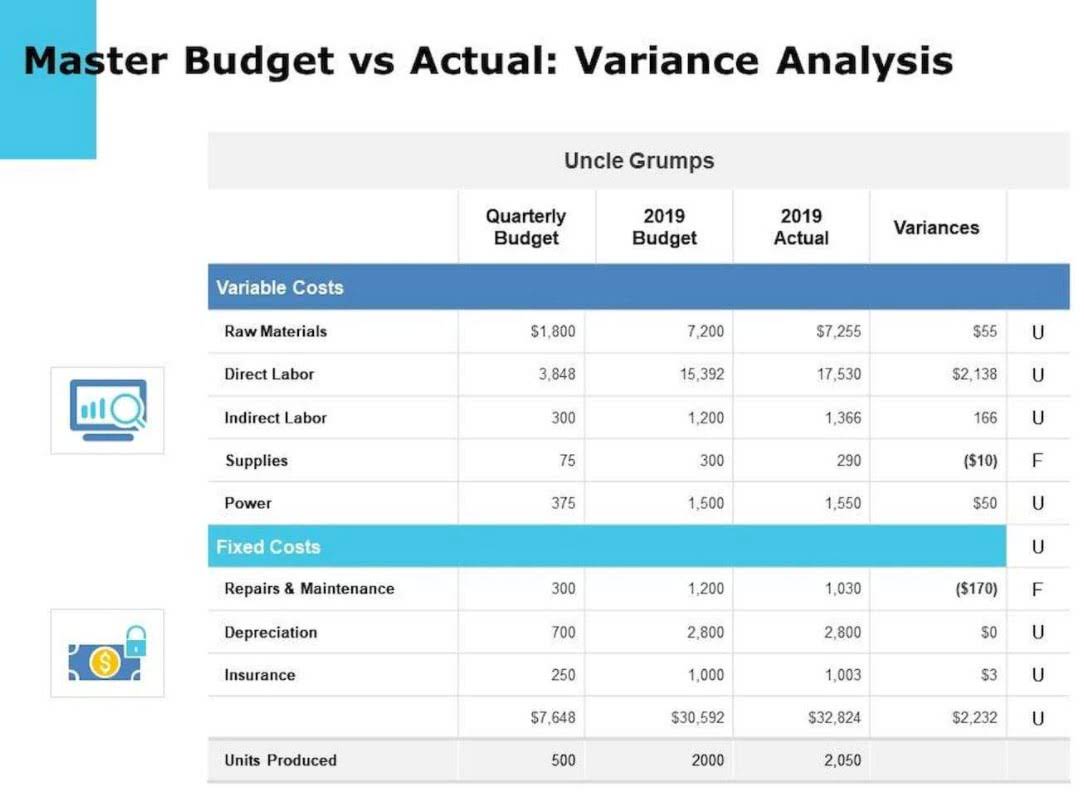
It extracts and analyzes data from bank statements and other financial documents, helping lenders make fast, accurate credit decisions with confidence. When we are selling to our customers in a transaction, the customers are either paying us now or they are paying us later. If the transaction says “on account“, Accounts Receivable Outsourcing it means no money has changed hands. If a transactions says “received cash,” that means they paid you now. Double-entry bookkeeping is the accounting method you use to track where your company’s money comes from and where its money goes. As the name implies, there are two entries involved in this process, which involves a debit and a credit.
- Internal transactions, such a depreciation adjustments, involve only the business itself and may not have accounting source documents.
- Whether you’re a lender assessing credit risk, an accountant preparing reports, or a business verifying income and expenses, bank statement analyzers simplify your workflow.
- Note that the total amount of debits must still equal the total amount of credits.
- When we are selling to our customers in a transaction, the customers are either paying us now or they are paying us later.
Subledger Accounting Transaction Analysis Duty
- The accounting equation remains balanced because there is a $3,500 increase on the asset side, and a $3,500 increase on the liability and equity side.
- This verification process helps prevent mistakes and fraud, since any discrepancy in the equation would signal an error.
- This analysis is based on the accounting equation, which states that assets equal liabilities plus equity.
- This helps provide a better understanding of an organization’s economic well-being, as well as assist the business in making accurate and informed decisions.
- Debits increase left-side accounts (assets) and decrease right-side accounts (liabilities and equity).
To properly record, or journalize, transactions in the general journal, it is helpful to complete a five-step process. Shareholders’ equity, also known as owners’ equity or stockholders’ equity, represents the residual interest in the company’s assets after deducting liabilities. Assets represent the economic resources owned by a company that have measurable value and are expected to provide future benefits. Examples of assets include cash, accounts receivable, inventory, property, equipment, and investments. As a second example of accounting transaction analysis, suppose a business is started with a capital injection of 30,000 cash by the owner.

Increase & decreases analysis
The article explains the five-step process of transaction analysis in accounting, guiding how to identify accounts, determine their type, assess changes, and properly record journal entries. It emphasizes the concept of double-entry accounting to ensure that every transaction keeps the accounting equation balanced. Accounting transaction analysis involves the examination and interpretation of financial transactions to determine their impact on specific accounts. T-accounts are https://www.bookstime.com/ a visual representation tool used to analyze and record transactions in accounting. They provide a simplified way to understand how transactions affect different accounts and their corresponding debit and credit entries. The final step is to record the transaction in the accounting system.
How Double-Entry Bookkeeping Works

The amount of rent paid is going to increase, so the rent expense account should increase as a result of the transaction. Accounting transaction analysis is the process involved of the first step in the accounting cycle which is to identify and analyze bookkeeping transactions. In the second step, the nature of accounts identified in the first step is determined. For example, in the above transaction of Robert Traders, the cash account is an asset account by nature, and the capital account is an equity account by nature. In simple words, we can say that the cash account is classified as an asset account and Robert’s capital account is classified as an equity account.
2 Transaction Analysis- accounting equation format

Money Instructor® provides comprehensive resources that empower young people and adults with practical knowledge and skills in money management, investing, business, and the economy. Our resources include engaging lesson plans, interactive lessons, worksheets, informative articles, and more. The asset “Cash” is decreased accounting transaction analysis $950 and the expense decreases Owner’s Equity $950. Step 2 Salaries Expense, Rent Expense, and Utilities Expense are expenses; Cash is an asset.
Let’s look at an example of a typical transaction where a company purchases $50,000 of equipment on credit. Prior to purchasing equipment, the company’s only assets were $100,000 in cash and net worth. When it comes to making sound business decisions, having a system in place to understand and interpret financial data is crucial.
- Net income (loss) is computed into retained earnings on the statement of retained earnings.
- As a result, the revenuerecognition principle requires recognition as revenue, whichincreases equity for $5,500.
- The final step is to record the transaction in the accounting system.
- This method helps ensure accuracy and facilitates the preparation of financial statements, such as balance sheets and income statements, based on the recorded transactions.
- The accounts involved in the transaction are Equipment and Cash.
When you analyze each economic event, you learn how it affects the accounting equation, which must remain in balance after you record each transaction. It may sound like a complicated process, but once you break down each step in the process, it makes more sense. Utility payments are generated from bills for services that were used and paid for within the accounting period, thus recognized as an expense. The decrease to assets, specifically cash, affects the balance sheet and statement of cash flows. The decrease to equity as a result of the expense affects three statements.
